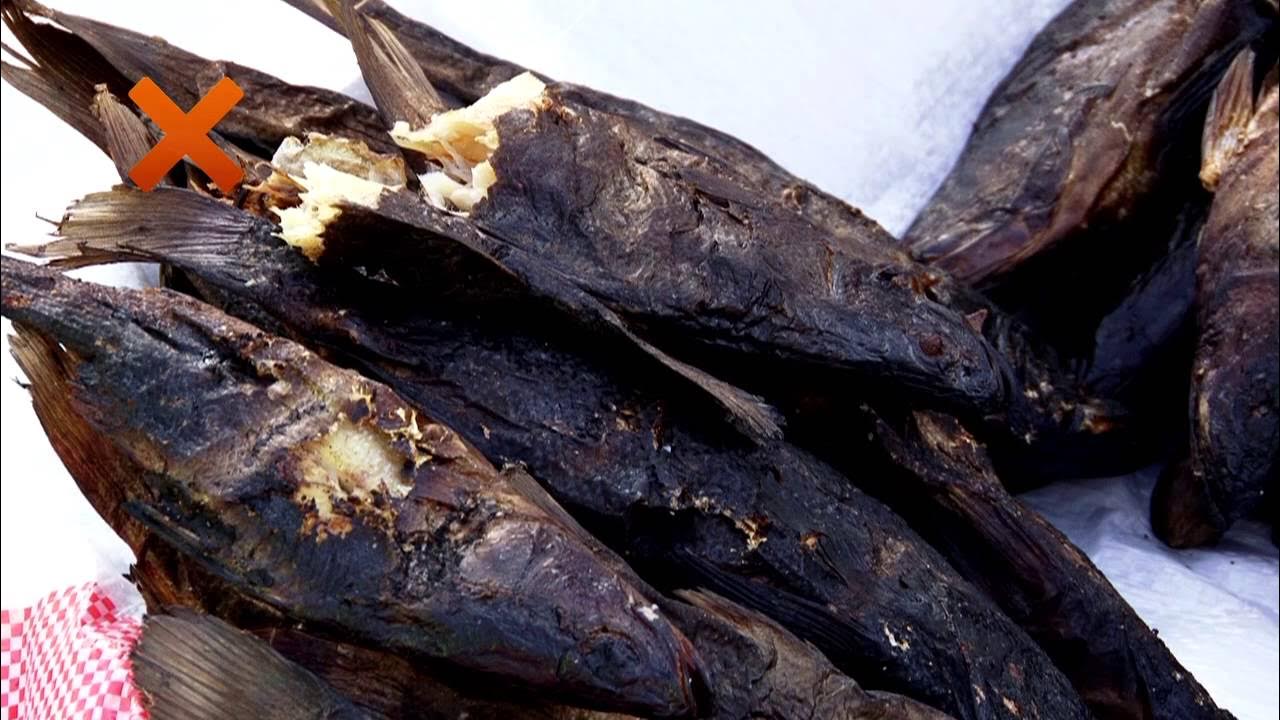PASCAPANEN CABAI 7
Summary
TLDRThis video script focuses on the critical steps in post-harvest handling of chili peppers to maintain quality and reduce losses. It highlights proper harvesting, handling, sorting, grading, packaging, and storage techniques to improve shelf life and market competitiveness. Key practices include harvesting chilies during cooler times, sorting them based on quality, and using safe packaging materials. Emphasizing the importance of good transportation conditions, the script outlines how these practices can reduce yield loss and enhance the financial benefits for chili agribusinesses, ensuring high-quality products for consumers.
Takeaways
- 😀 Proper post-harvest handling of chili is essential to maintain quality, extend shelf life, and reduce yield loss.
- 😀 Harvesting should occur when the chili reaches 60–90 days after planting, with 90% of the fruit displaying uniform color and shape.
- 😀 The best time for harvesting is in the morning when the air is cool, avoiding harvest after rain or under direct sunlight.
- 😀 Chilies should be harvested by hand, picking them along with their stems, and sorted into good and damaged categories.
- 😀 After harvesting, chilies should be temporarily collected in shaded areas and transported to the post-harvest ward for immediate handling.
- 😀 Chilies should be cleaned with running water or wiped with a wet cloth, then dried using a fan or blower.
- 😀 Stem removal and sorting should be done manually, with damaged chilies separated from healthy ones for further processing.
- 😀 Grading chilies is based on factors such as size, color, cleanliness, and freedom from disease or damage, with different categories for local markets, supermarkets, restaurants, and exports.
- 😀 Packaging materials must be safe and non-damaging, using perforated cardboard, trays with plastic wrapping, or plastic bags depending on the market type.
- 😀 Storage conditions for long-term storage include a temperature of 0°C and 95% humidity, with a shelf life of up to 40 days for red chilies with minimal damage.
- 😀 Effective transportation relies on good road conditions and experienced drivers to ensure the quality of chilies during delivery to consumers.
- 😀 By implementing proper post-harvest handling, chili yield losses can be reduced from 25–40%, improving product quality and competitiveness in the market.
Q & A
What are the main stages of post-harvest handling for chili peppers?
-The main stages include harvesting, collecting the harvest, transporting it to the post-harvest ward, packaging, temporary storage, and transportation.
Why is post-harvest handling important for chili peppers?
-It is crucial to reduce yield loss, extend shelf life, increase competitiveness, and improve the quality and continuity of the chili peppers.
What factors determine the ideal harvest time for chili peppers?
-The ideal harvest time is based on the shelf life and physical condition of the chili, with Bes5 cayenne pepper being harvested 60 to 90 days after planting.
When is the best time to harvest chili peppers?
-The best time to harvest chili peppers is in the morning when the air is cool, avoiding harvesting after rain or during sunny periods.
How should workers handle chili peppers during harvest?
-Workers should wear gloves and pick the chilies by hand, separating good chilies from damaged or diseased ones.
What are the methods used to clean harvested chili peppers?
-Chilies can be washed with clean running water or a solution if they are very dirty. If they are clean enough, they can be wiped with a wet cloth, then dried with a dry cloth or air-dried using a fan or blower.
How are chili peppers sorted during the post-harvest process?
-Chilies are sorted based on quality groups, which include criteria such as color, cleanliness, size, and freedom from disease or damage, according to market demands.
What are the different grades of chili peppers for local, supermarket, and export markets?
-Local market chilies are graded A or B, based on size and shape. Supermarket chilies are graded by size and ripeness. Export market chilies are sorted by size, length, and diameter, with specific requirements for quality.
What packaging materials are used for chili peppers, and how are they packaged?
-Packaging materials must be safe and prevent damage. For export, chilies are packed in cardboard boxes with small holes for ventilation. For supermarkets, they are packed in trays with transparent perforated plastic wrap. For restaurants or homes, plastic bags are used.
What conditions are required for storing chili peppers?
-Chili peppers should be stored in a clean, safe place with good air flow. For long-term storage, the temperature should be 0°C with 95% humidity, allowing the peppers to stay fresh for up to 40 days with a 4% damage rate.
What factors should be considered during the transportation of chili peppers?
-Factors include the characteristics of the chili peppers, road conditions, and the knowledge of the driver regarding quality handling practices.
What impact does proper post-harvest handling have on chili farming businesses?
-Proper post-harvest handling can reduce yield losses by 25-40%, ensuring better product quality, meeting consumer demand, and improving the financial benefits for chili agribusiness actors.
Outlines

Этот раздел доступен только подписчикам платных тарифов. Пожалуйста, перейдите на платный тариф для доступа.
Перейти на платный тарифMindmap

Этот раздел доступен только подписчикам платных тарифов. Пожалуйста, перейдите на платный тариф для доступа.
Перейти на платный тарифKeywords

Этот раздел доступен только подписчикам платных тарифов. Пожалуйста, перейдите на платный тариф для доступа.
Перейти на платный тарифHighlights

Этот раздел доступен только подписчикам платных тарифов. Пожалуйста, перейдите на платный тариф для доступа.
Перейти на платный тарифTranscripts

Этот раздел доступен только подписчикам платных тарифов. Пожалуйста, перейдите на платный тариф для доступа.
Перейти на платный тарифПосмотреть больше похожих видео

PASCA PANEN BAWANG MERAH

Pre and Post Harvest in Agriculture

Module 1 - INTRODUCTION TO GOOD HYGIENE AND GOOD FISH HANDLING PRACTICES

Beyond the Fields: Navigating Postharvest Losses

Penanganan Pascapanen Padi

Factors responsible for Deterioration of harvested fruits and vegetables by Prof. Ganesh Shinde
5.0 / 5 (0 votes)
